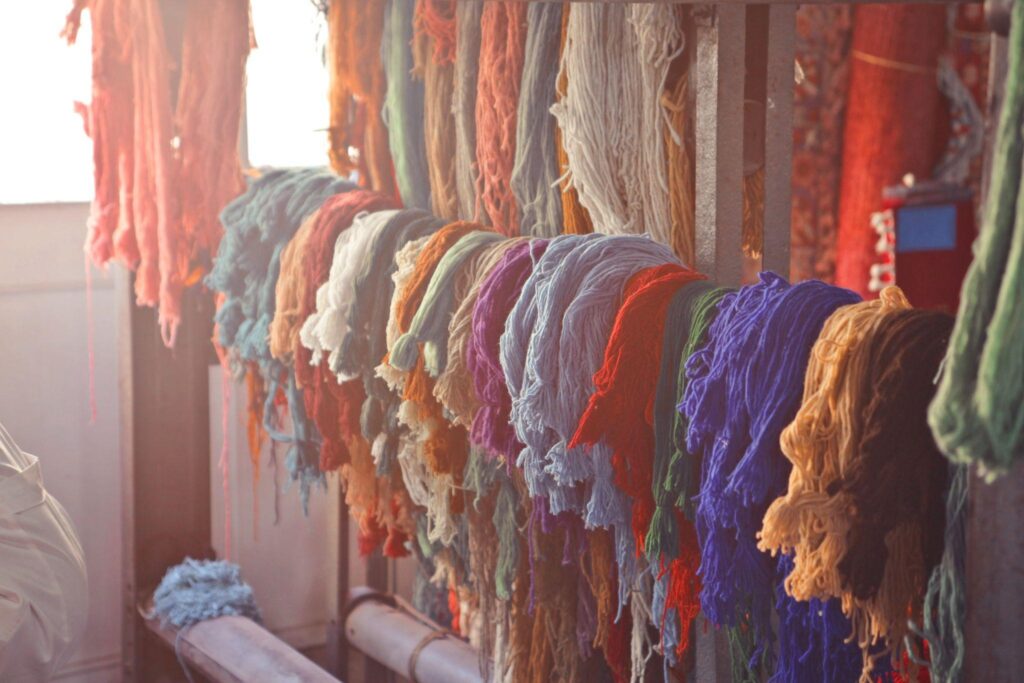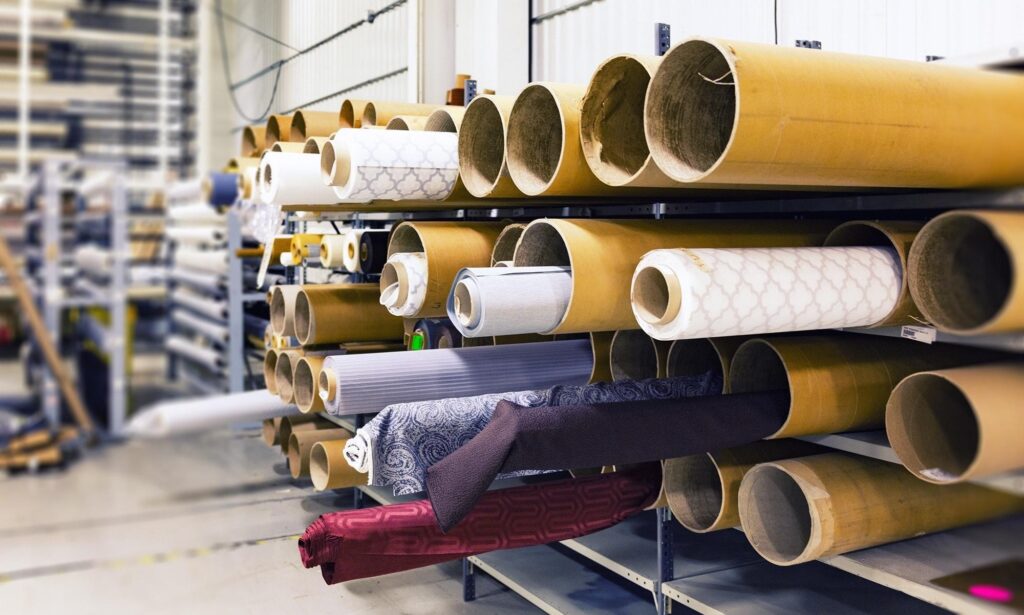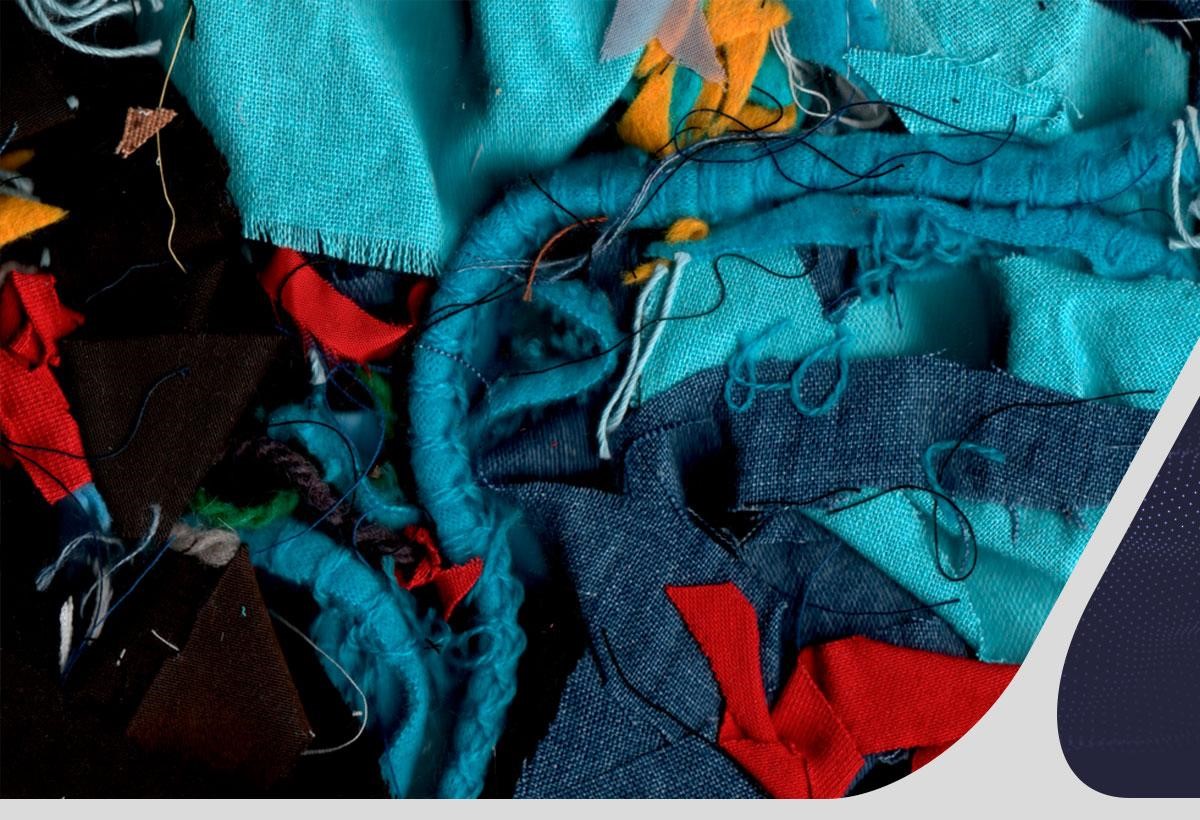Textile waste can have a major negative impact on the financial health of a business and the environment. Knowing how to identify them is essential to understand how to reduce their effects.
With that in mind, in this text we have gathered everything you need to know to avoid this problem in your industry. Check it out!
What is textile waste?
Textile waste is a consequence of the industry’s large production volume, as is also the case in other sectors. However, the amount and impact caused varies according to the segment of activity.
And with industrialization, waste generation became greater than nature’s ability to absorb it, generating negative impacts on the environment.
According to the study on the Reduction of Textile Waste and Environmental Impacts in a Clothing Industry, waste can be termed as anything left over or left over generated by the production process and which was considered useless, unwanted or disposable.
When citing the National Center for Clean Technologies (CNTL), the authors state that “clothing generates significant waste, mainly from the raw material fabric, which is transformed into shavings, scraps and rejected pieces”.
And they also emphasize that this is a cause generated by poor planning in creation, modeling, cutting and fitting. In addition to the lack of quality or standardization of raw materials, unqualified labor, and inappropriate or outdated machines.
The Brazilian Association of Technical Standards (ABNT), also cited in the article, states that “textile waste is like solid waste, class II A – not inert, which may have properties such as: combustibility, biodegradability or solubility in water”.
They can be reused or recycled as long as they have not come into contact with contamination during the processes. This is because the oil from the machine can infect them and thus, they are considered dangerous, presenting risks to public health. This can also have effects on the environment and the mortality rate.
Just a patch of this contaminated fabric can corrupt the clean waste in its entirety, preventing reuse and recycling.
The impacts caused by waste
A survey by Piauí magazine , citing data from Sebrae, shows that more than 170 thousand tons of Brazilian waste are produced annually from textile products, such as scraps and discarded fabric. For example, it is assumed that 50% of the excess fabric is lost in a cotton t-shirt.
Furthermore, 80% of textile waste in Brazil, according to Sebrae, is discarded in landfills or incineration spaces. Therefore, only 20% is recycled properly.
It is also possible to mention other textile waste, such as energy and water, which also have a direct impact on the environment. The water crisis is already a reality that has been developing for years. Therefore, ensuring the preservation of these natural resources is also part of efficient waste management.
In addition to the impacts presented, there are also the effects that waste generates in the textile process and on the profitability of the industry. This is because they are directly associated with production failures. Which, consequently, generates rework and loss of productivity and quality in manufacturing.
Added to this, there are indirect damages to production. That is, there is a loss in customer time and delivery due to the delays generated by the rework. These are also costs incurred due to waste.
Understand how to avoid them

Given the context presented, we list some good practices and tips that can contribute to efficient, conscious and responsible management of textile waste.
Carry out correct disposal
Correct disposal is largely responsible for the possibility of recycling and reuse. In cases of useless waste, dispose of it at responsible collection points.
As for reuse, the factory itself can rely on reprocessing and reuse solutions to generate new fabrics or even new parts. It is even worth noting that the nets and strings are made from textile scraps.
And it is also possible to create a new line of products with a focus on sustainability. In other words, creating pieces from recycling and scraps. It is also possible to form partnerships with other professionals and companies that wish to use their waste in more artisanal productions, for example.
Invest in quality products
The raw material used also needs to be of quality. The lack of this attribute can result in more waste thanks to the resistance of the material. There is still the idea that opting for these products generates more costs for the company. However, it is exactly the breakdowns that cause the greatest financial loss.
The need for reworking, loss of time and productivity, as well as new purchases of materials result in a large amount of waste and unused inputs. It is necessary to reuse what will not be used and invest in better materials.
Adopt the zero waste movement

Start adopting the zero waste movement. This is a concept that refers to reducing the amount of waste produced to zero. This can be applied to the on-demand production strategy.
Understanding consumer behavior is essential to producing only what is necessary and that meets their expectations. In this way, there will be a reduction in expenses with accelerated manufacturing, further guaranteeing the success of your business.
Plan the cut well
Cutting is one of the phases that generate the most waste. Once cut incorrectly, the fabric cannot be reused, unless it is properly recycled or reused.
Cutting planning based on correct molds and tested sizes reduces industrial scraps and avoids scraps. The use of technology can be essential to ensure good planning and control at this stage.
Artificial Intelligence, for example, helps in collecting data on usable area, weight and roll yield. This tool allows for more efficient and accurate cutting management.
Smart and technological solutions
In the same line of reasoning, there are intelligent and technological solutions. This means investing in innovative and modern machinery that helps reduce waste.
They also help to reduce the cost of energy and time and also contribute to productivity. As well, there are machines that help with effective quality control and cutting planning.
The Delta’s machines are good examples of this. In fact, the Relaxer eliminates conventional 24 and 48 hour rest by just a few minutes. And still:
- Performs automatic weight and yield calculation;
- Provides real roll width and footage information;
- And it eliminates dimensional defects in cut parts, among other benefits.
Once again, it is necessary to reinforce that investment in quality products compensates for production and eliminates waste.
Eliminate textile waste
In this content we present everything you need to know about textile waste and tips on how to eliminate it once and for all. Remember that investing in quality is essential to avoid losses.
Production bottlenecks are also responsible for possible textile waste, loss of productivity and effects on the financial health of the business. So, if you want to know more about the subject, download our infographic for free.


